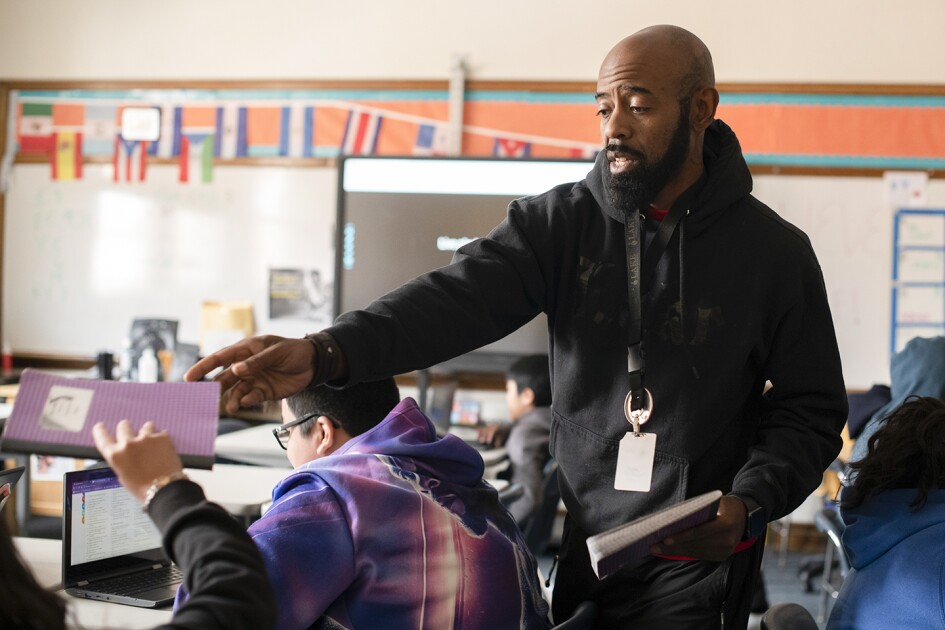Given the wide range of duties involved in leading a charter school, it can be tough—and, some experts say, inadvisable—for one person to go it alone.
As a result, charter schools have seized on a variety of leadership models. Many take a hybrid approach that spreads responsibilities across two or more individuals, or relies on larger organizations outside the school to carry some of the burden.
“Leading a successful public charter school requires a combination of business skills and education expertise, in varying proportions depending on the school’s organizational design,” says a recent report on the issue by the Washington-based National Alliance for Public Charter Schools.
Michael Goldstein, the founder of MATCH Charter Public High School in Boston, says it’s fairly common for a charter to have both an executive director and a principal, which is the approach his school uses.
“The executive director thinks about budget, fundraising, compliance, legal [issues], facilities, all those types of things,” he says, while the principal is focused on matters more directly related to “kids, teachers, parents, and academic achievement.”
Charter management organizations, which operate networks of like-minded charters, also can play a vital role.
“Sometimes, school operations and back-office services are largely handled by a charter management organization, while the on-site administrator resembles in many ways the traditional ‘principal’ of the district-run school down the street,” says the report by the national charter group. Or an affiliated institution, such as a community group that helped launch the school, may assume many of those duties, the report says.
Avoiding ‘Superman’ Model
Anser Charter School in Boise, Idaho, has two leaders—an administrator and a principal—who jointly report to the school’s board of directors.
“We share the top of the food chain, below the board,” says Suzanne Burton, the administrator, who handles the business and operations side of the K-8 school, which serves nearly 200 students.
The approach is a good fit for the two leaders’ skill sets and personalities, she says. “If it’s dirty or it’s fallen down or broken, I have to take care of it,” Burton says. “[The principal] loves that.”

The fifth annual Leading for Learning report, funded by The Wallace Foundation, examines the leadership challenges facing the nation’s rapidly growing charter school sector.
Global Village Academy, a K-8 charter in Aurora, Colo., has a three-person leadership
“My role as an instructional leader is absolutely central,” she says, “but it’s not my only role.”
Matt Candler, the chief executive officer of New Schools for New Orleans, a nonprofit group that works with that city’s charter schools and helps train new charter leaders, says his group encourages new charter leaders to hire a “right hand” person to handle operations and finance months before the school opens. But he argues that the person at the top of the organizational chart should have instructional expertise.
“They need to be accountable for the core business of teaching students,” Candler says. A school will not become great because of the leader’s talent in finance, he says, “but because you have a vision for what great instruction is.”
Some experts say that whatever the leadership structure, it’s important to avoid the “superman model,” in which one person handles all leadership demands. That approach can more easily cause principals to burn out, and often such a school falters when that leader departs.
Robin J. Lake, the executive director of the National Charter School Research Project at the University of Washington, says it’s important to have a clear line of accountability. “It doesn’t necessarily have to be all on one person,” she says, “but you have to be clear on who is ultimately responsible if things go badly.”







